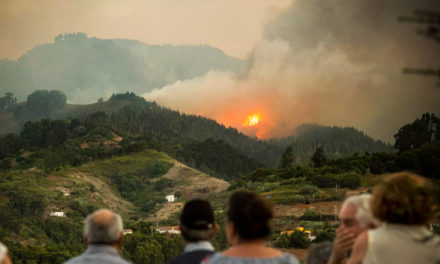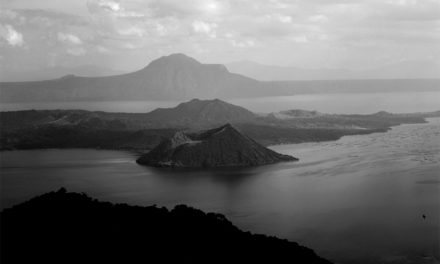In a rare win for the environment, an “unprecedented” hole that appeared over the Arctic has closed only weeks after scientists observed it.
The ozone hole, regarded as the largest to ever appear over the Arctic and roughly the size of Greenland, was a result of unusually low temperatures in the atmosphere. Despite its swift recovery, experts do not believe that it’s linked to any long-term healing, but instead a change in local annual cycles.
The cause of the ozone hole is due to a polar vortex which is an area of low-pressure that lies at both Earth’s poles. Stronger in the winter and weaker in the summer, the vortex’s counter clockwise flow of air is what keeps the colder air near the poles. Once the vortex ended, the ozone hole over the Arctic quickly recovered. However, it could appear again.
Significantly, the hole over the Arctic was much smaller in comparison to the annual depletion seen above Antarctica annually. This is a result of the Southern Hemisphere being much colder than the Arctic but also due to high-altitude clouds combining with chlorofluorocarbons (CFCs) – a ozone-damaging chemical – and thus thinning out the layer. The holes appear once the sun’s rays trigger a chemical reaction with chemically active forms of chlorine and bromine.
While the chemicals have been banned under the Montreal Protocol since 1989, an international treaty that was designed to protect the ozone layer, CFCs still linger in the atmosphere making holes that much more common. However, that isn’t to say that this is the first time the Arctic has witnessed an ozone hole as the phenomena has also occurred in 1997 and 2011.
“It’s unusual but not unexpected,” said Paul Newman, the chief scientist in the Earth Sciences Division at NASA’s Goddard Space Flight Center, “It’s unusual in that we only have events like this about once per decade.”
Read more: It Took 32 Years to Make Ozone Holes Start Shrinking
Is the Ozone Recovering?
The ozone layer is the Earth’s first defence from harmful ultraviolet light transmitted by our Sun. Without it, we’d be exposed to harmful radiation that could damage the DNA of humans, animals and plants. Despite its importance, the ozone layer has been subjected to decades of harmful chemicals pumped into the atmosphere, damaging the Earth’s stratosphere.
Since the Montreal Protocol, the ozone layer has stabilised and is on the road to recovery. The year 2019 marked the first in which the ozone hole was at its smallest since tracking began in 1982.
“Without the Montreal Protocol, it would have been much, much worse,” said Newman.
However, there is still a long way to go before the ozone reaches pre-CFC levels.
Photo credit: Independent
- This Artist is Making the Underwater Arena His Canvas - 28th April 2021
- A Video Game that Promotes Peace and Conflict Resolution - 15th March 2021
- Netflix’s ‘Living Undocumented’ is a Difficult Series to Watch, and Exactly Why We Should - 9th March 2021






